Description
Marginal high porosity volcanic aggregates in asphalt-rubber hot mixes
Miguel A. Franesqui a, Juan Gallego b, Jorge Yepes a, Cándida García-González a
ABSTRACT. In volcanic territories the high porosity vesicular and scoriaceous aggregates are the most common lithotypes: in the Canary Islands these make up over 72% of the economically exploitable rock masses. However, owing to the excessive heterogeneity and property variability, to the alveolar structure, and to the particle shape, the standard specifications consider these aggregates as marginal materials and certain properties of asphalt mixtures containing them usually offer inferior performance. In a similar way, the waste from used tyres has also created an important environmental issue in these island territories with natural areas of great value and therefore utilization in situ becomes vital. In this sense, the use of crumb rubber from reclaimed tyres as a modifier of the asphalt binder can contribute to the production of bituminous mixtures with enhanced performance. In this study the results of the main properties of hot asphalt mixes with crumb rubber modified bitumen (asphalt-rubber hot mixtures, ARHM) and volcanic aggregates from high porosity vesiculated and scoriaceous basalt (6 – 16% of water absorption) are presented. These are compared to the mixtures produced with conventional bitumen and the same volcanic aggregates. The results show a considerable improvement of most of the properties of these particular mixtures thanks to the use of an asphalt-rubber binder. This enables compliance with the standard specifications for paving and ensures longer durability. More specifically, the use of asphalt-rubber offered superior resistance to water action by 10–24%, improved stability between 145–198% and a reduction of rutting deformations by 198–280% (depending on the bitumen content). The results obtained may be extrapolated to other volcanic regions both islands and continents where these natural aggregates are found in abundance.

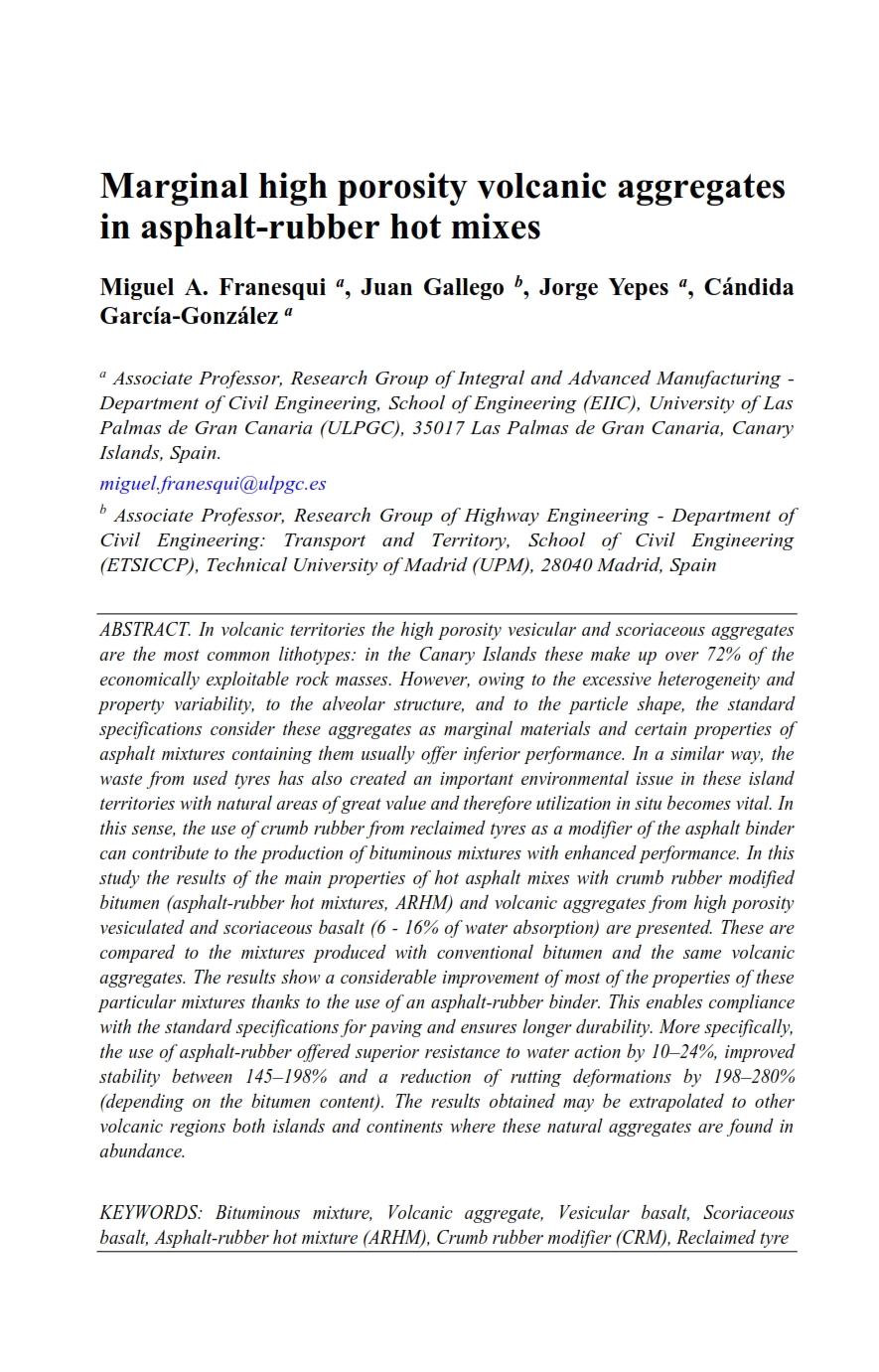
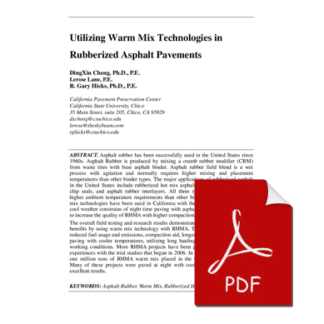
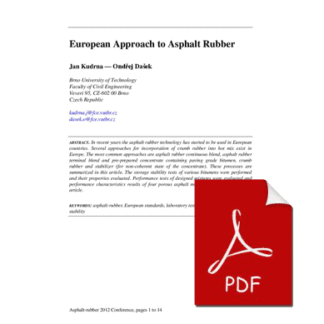
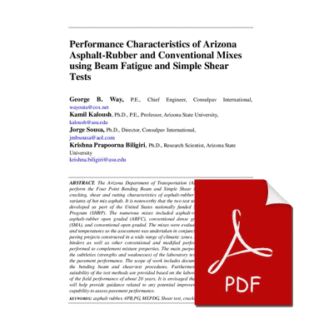


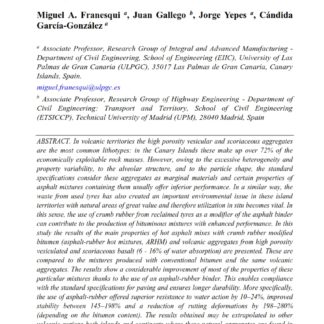
Reviews
There are no reviews yet.